|
Proximal Hamstring Tendon issues are common to distance runners, trail runners, sprinters and hurdlers. It's not the classic , clutching the back of your leg hamstring injury that you might see on a football field but rather a chronic problem that has been niggling at runners for a while
It is a deep, localised buttock pain, right on your ischial tuberosity (think sit bone) People suffering it will often describe it as an intense ache. Tendons don't like compression or tension and activities that require the hamstring to contract or lengthen whilst in hip flexion can result in too much tensile and compressive load at the tendon insertion - think sprinting, hill work , jumping lunges. The hamstring tendon can sometimes be irritated by too much sustained stretching (tensile stress) in hip flexion (warrior pose and the classic hamstring stretch) or compressed by excessive sitting on hard surfaces Sometimes you might have lower back pain, sciatic pain or sacro-iliac joint pain as well - so it is always worth getting checked out by a professional Why do we get it?
Keep an eye out for our videos for glute and hamstring strengthening
3 Comments
I've had a few runs in the Salomon Sense Pro 2 W now and it's a great shoe. The first thing you notice is how lightweight it is, it feels like a racing flat built for the trails. But even though it is light it is surprisingly comfortable. It has a low profile, 6mm drop from heel to forefoot and a firm yet cushioned ride which I love. The midsole has two densities of "EnergyCell+" , soft under the forefoot and firmer under your heel, perfect for trail running. And because it has 23mm of midsole at the heel and 17mm at the forefoot, it's low profile means you never feel like you are too far away from the trail. Good for ankle stability!! The Salomon "QUICKLACE" one -pull tightening lace system takes a while to dial in ( I found myself slipping at the heel initially) but once you get the feel for them they make putting your shoes on a breeze! Underneath the midsole foam there's a thin, “Profeel Film” that Salomon suggests "engages during the transition phase to support the foot and improve the overall rolling of the shoes during toe off " . I reckon it gives some added protection from rocks on the trail, always handy especially on Magnetic Island! I also love the re-inforced toe bumper that the Sense Pro has, it just makes sense on a trail shoe and firm heel counter is a winner. All in all it is an awesome shoe that just makes me want to go for a run!! Ready for some fun??? Here's a great 60 min paddle workout we did at our recent paddling camp with Clint Robinson After a 10 min warm up you will do a pyramid ladder based around 5 min segments , with efforts every minute on the minute (EMOM) 1st 5 min effort is 30 sec hard 30 sec easy EMOM 2nd 5 min effort is 40 sec hard 20 sec easy EMOM 3rd 5 min effort is 45 sec hard 15 sec easy EMOM 4th 5 min effort is 40 sec hard 20 sec easy EMOM 5th 5 min effort is 30 sec hard 30 sec easy EMOM Rest 3 mins between each 5 min effort Cool down with a 10 min paddle There you go - a session you can bust out in 60 mins that will get your heart rate pumping When Mona joins us on the island in September he will be guiding us through his famous Mona's Fartlek. Here is what we've got installed for you. We will warm up with about 15 to 20 minutes of easy running followed by some strides, leg swings and calf pumps to make sure we are ready to roll before we start the fun stuff Mona Fartlek: 2 x 90secs with 90secs recovery (float, jog or walk depending on your fitness level) 4 x 60secs with 60secs recovery (float, jog or walk depending on your fitness level) 4 x 30secs with 30secs recovery (float, jog or walk depending on your fitness level) 4 x 15secs with 30secs recovery (float, jog or walk depending on your fitness level) The pace of the hard efforts and recoveries will depend on your running experience and usual speed. Steve says " For elite runners the pace is just over threshold in the repetitions and just under for the recoveries. Intermediate level runners would do the reps at their ten kilometre race pace and the recoveries at a comfortable jog (about seventy five percent of race pace). Beginners should treat the twenty minute session as their introduction to quicker running so it would be a pace slightly quicker than the normal running speed for the repetitions and then at brisk walking pace in between to allow a good recovery." The idea is to keep the hard efforts and the recoveries at a consistent pace if you can relative to your running ability. Cool down for 15-20 minutes It's a tough running workout but will pay massive dividends. And we get to do it with the man himself! Here at Destination Adventure Magnetic Island we've been fortunate enough to have had legendary triple Olympian Melinda Gainsford-Taylor with us sharing her insights on running. For the next couple of weeks we are going to share some of those training tips with you. First up is the 30-20-10, it is easy to do (well sort of) and gives an incredible bang for buck. Run less often yet improve your run - sounds pretty awesome to me Normal interval training is tough and requires a high level of commitment and determination to complete the sessions knowing the pain they likely will inflict. An aerobic high intensity training session of 4 x 4 mins with 3 mins of recovery at a working heart rate of around 95% max is not fun, in fact super hard! A speed endurance training session of 12 bouts of near maximal 30 second sprints, separated by 3-4 minutes of passive recovery before you sprint again is also tough. Now 30 seconds doesn’t sound like a long time but when you are sprinting that 30 seconds seems to go on forever. All in all, these are incredibly hard sessions and not for the fainthearted or the uninitiated. An easier program with similar results would be better for the every day runner to adhere to, that’s where Melinda's 30-20-10 training protocol comes in and the research backs her up. In a paper published in October 2015, researchers from Denmark wanted to assess the effect of an easy to carry out interval training program on moderately trained runners. 166 runners were studied and during the 8 weeks of the study they reduced their weekly volume by 50%, keeping one moderate intensity run and added in two sessions of 30-20-10 running The 30-20-10 training protocol consists of a standard warm up followed by 3 x 5 min running periods with a 2 min rest between efforts. Each 5 min running effort consisted of 5 consecutive 1 min intervals divided into 30 seconds jog, 20 seconds steady run, then 10 seconds at 100% intensity. Sounds easy but by the 5th effort of that last set your heart will be jumping out of your chest! After 8 weeks the results were nothing short of amazing. Compared to the control group the 30-20-10 group improved their 5k run time by 38 seconds, improved their maximal oxygen uptake (VO2max), lowered their blood pressure and as an added bonus their waist circumference reduced by almost 2 cm. All with just the addition of what adds up to be 5 minutes of high speed running per week. Pretty impressive. A great place to start if you're new to running is substitute the 30 second jog with walking, then jog for 20 seconds and sprint for 10 seconds and repeat that 4 more times. All in all the 30-20-10 training protocol is quick, easy and surprisingly enjoyable; not to mention the physical benefits as described above. Why don’t you give it a try, you’ve got nothing to lose except time off your run and less time on the training track. Train Smart, Run Strong Daina Clark |
|

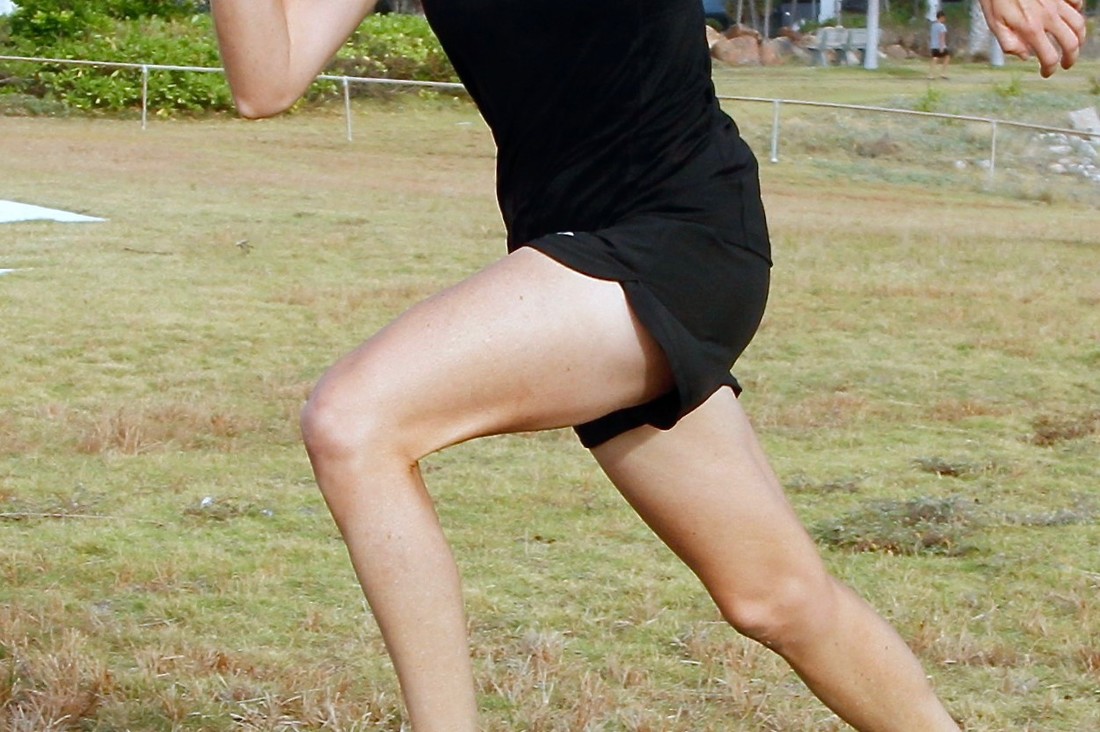
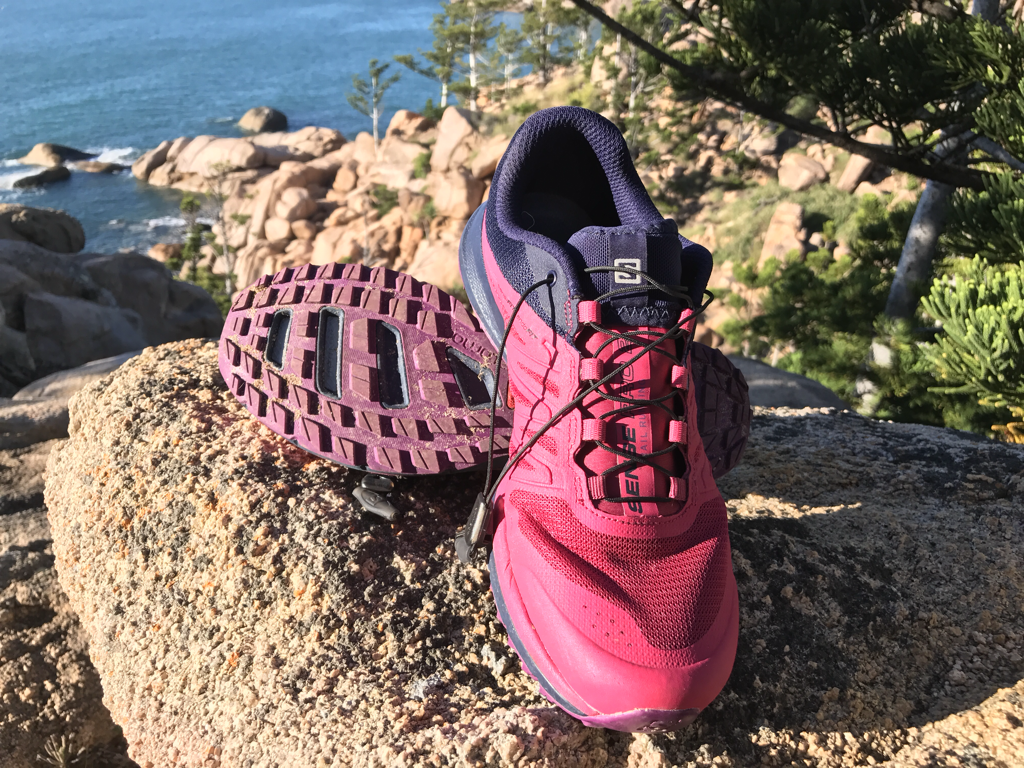
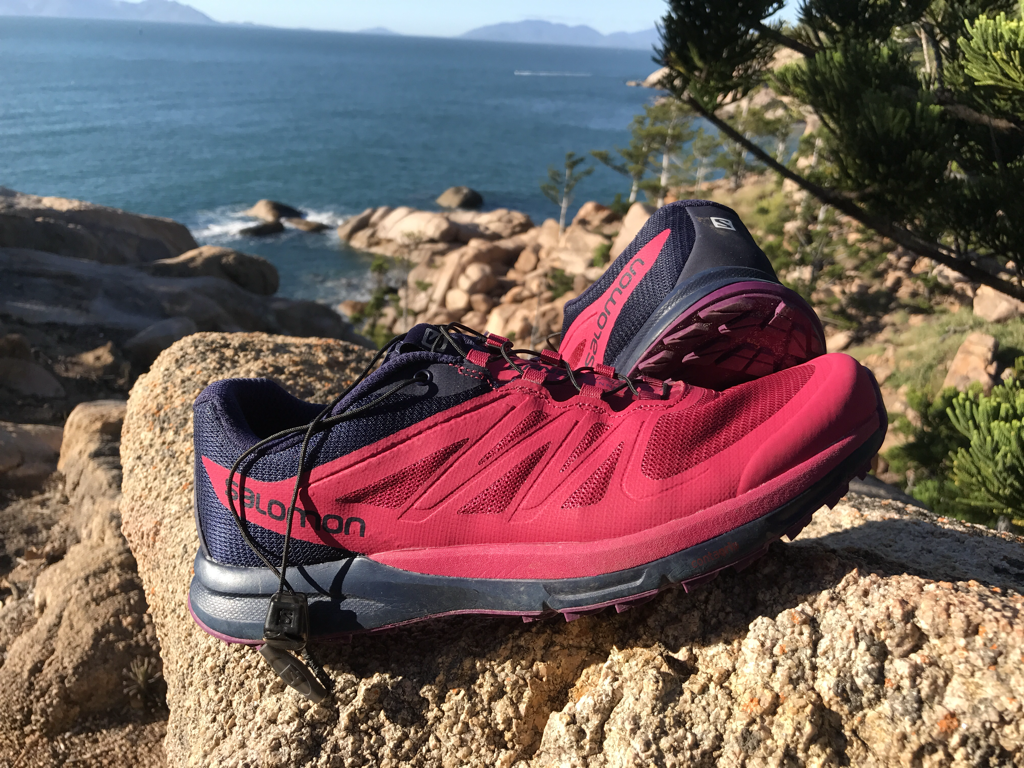
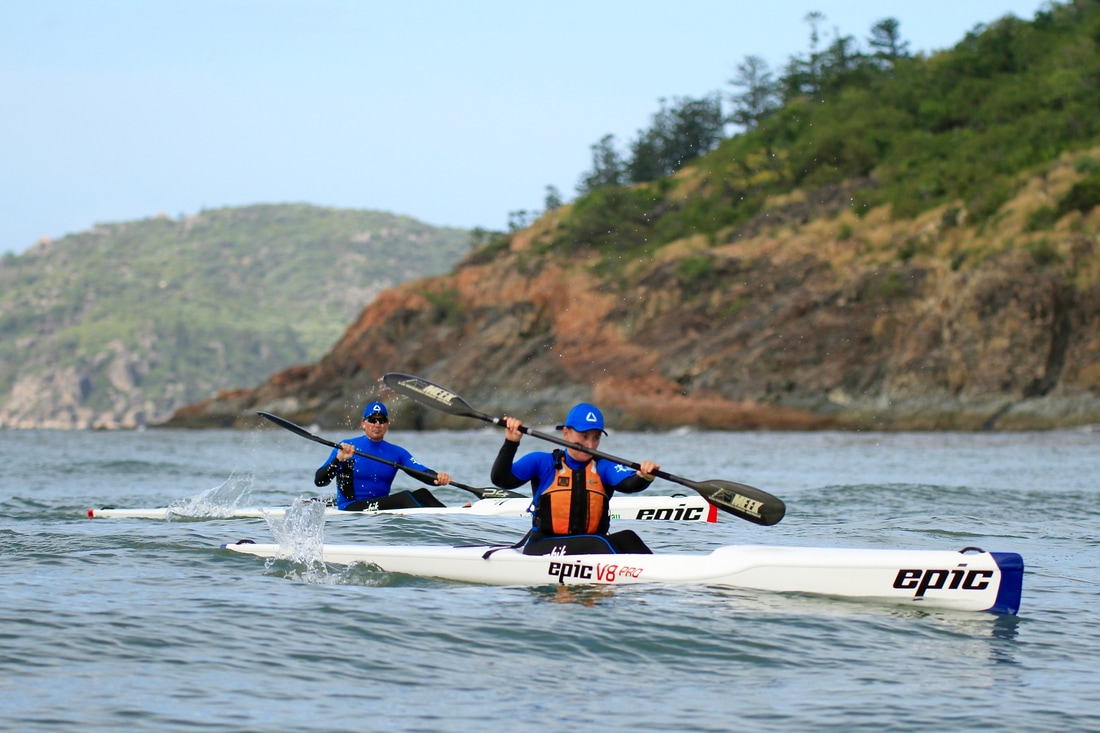
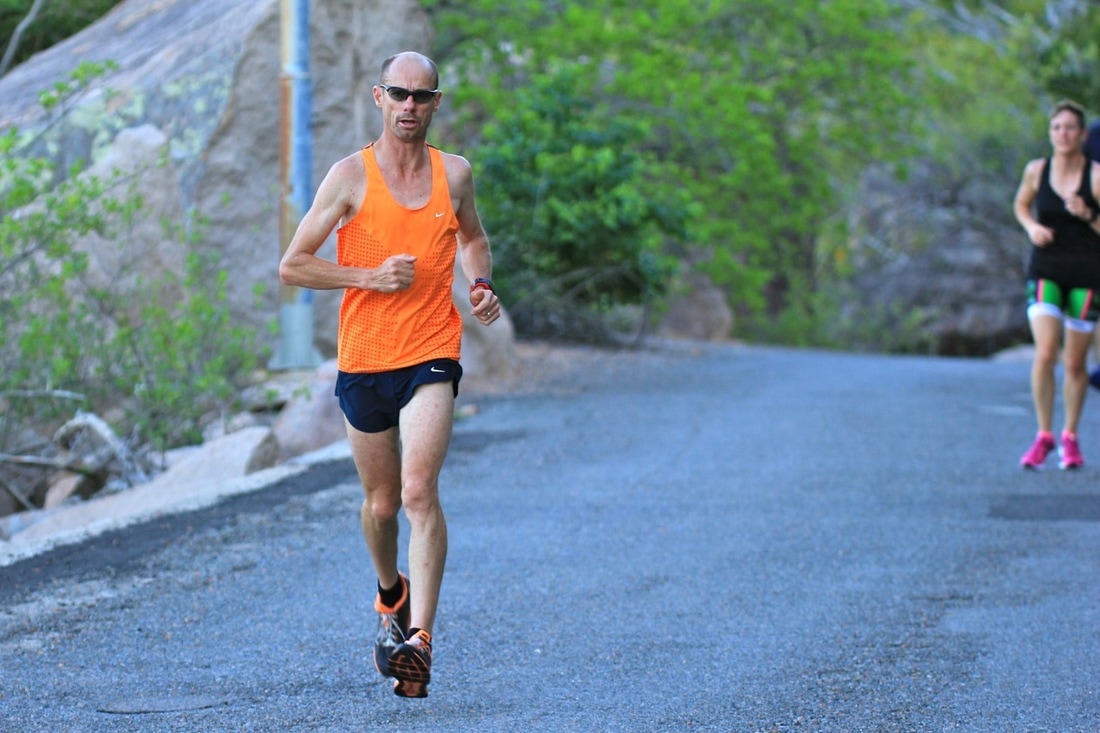
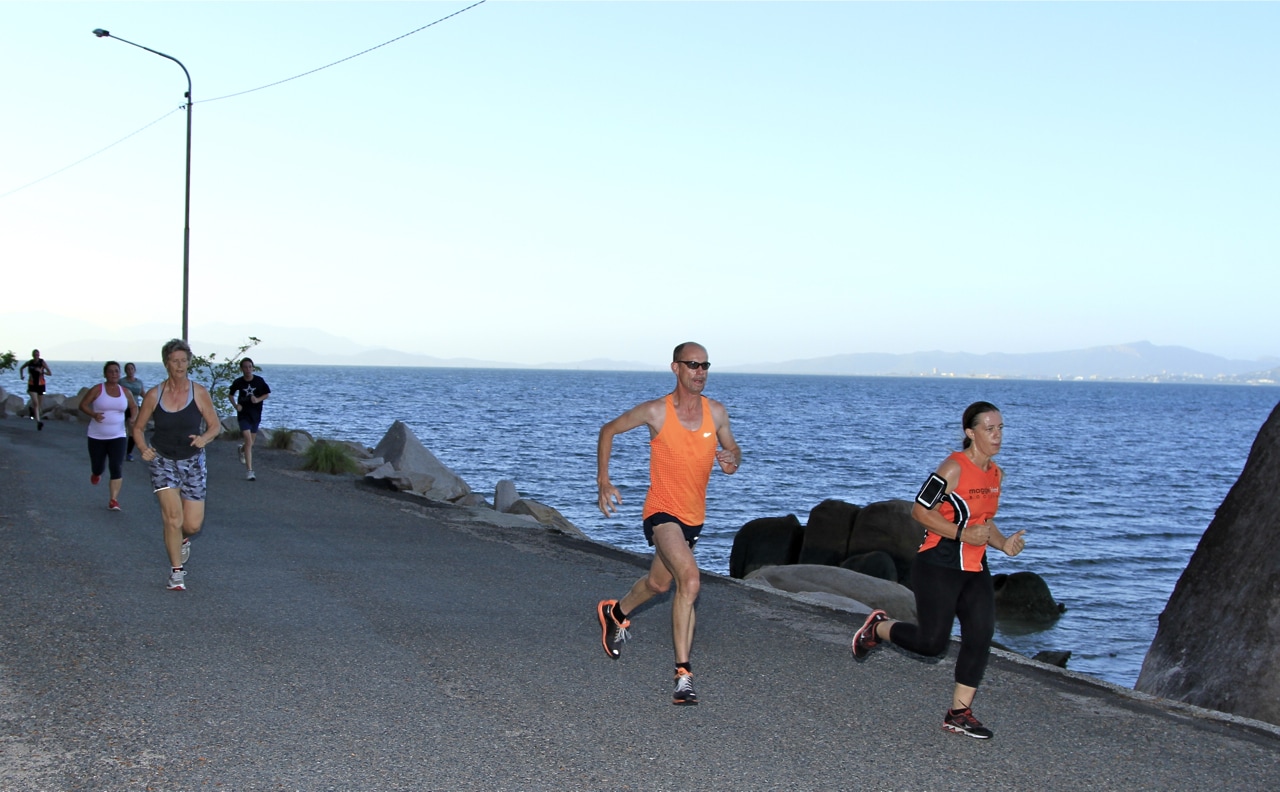
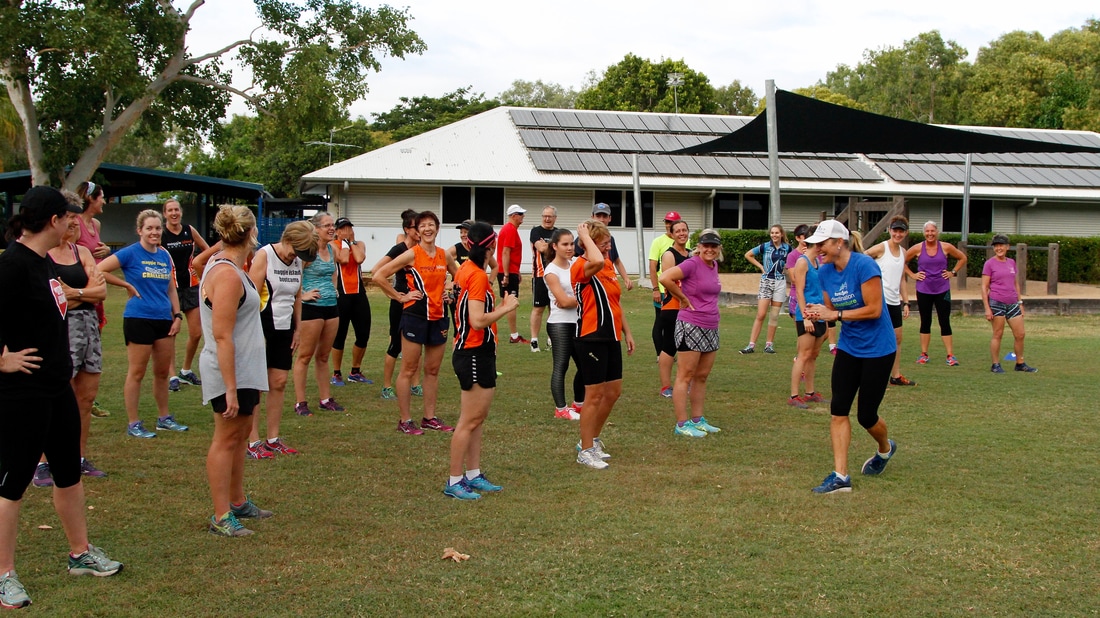
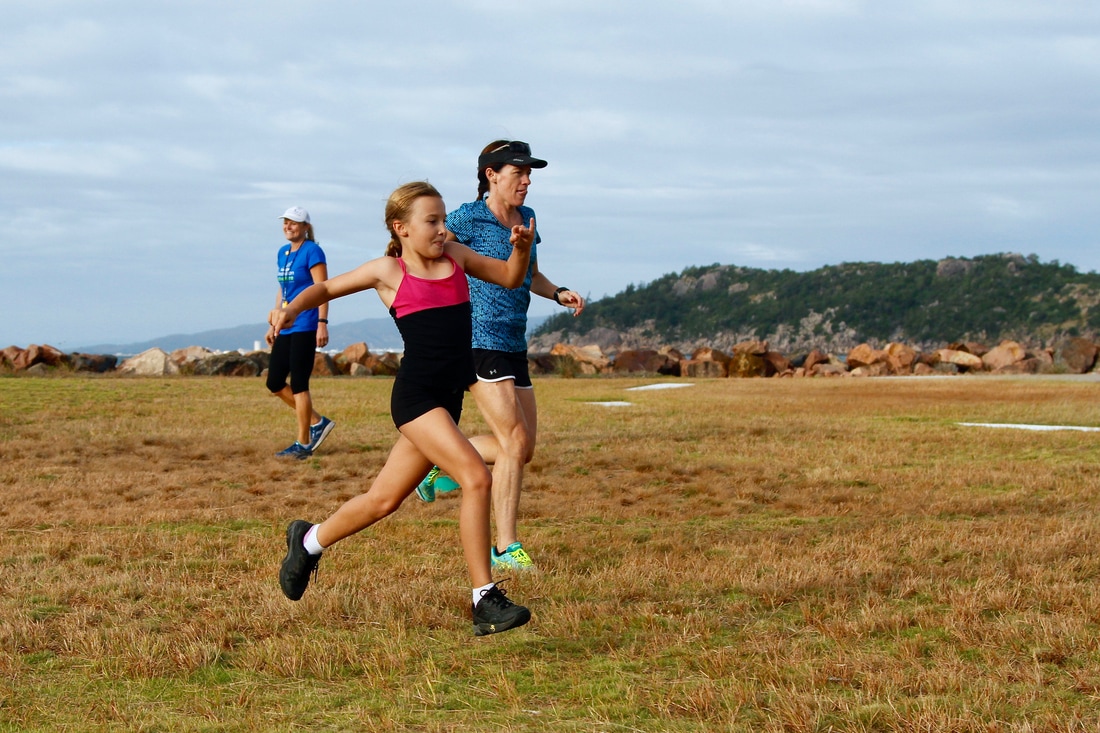
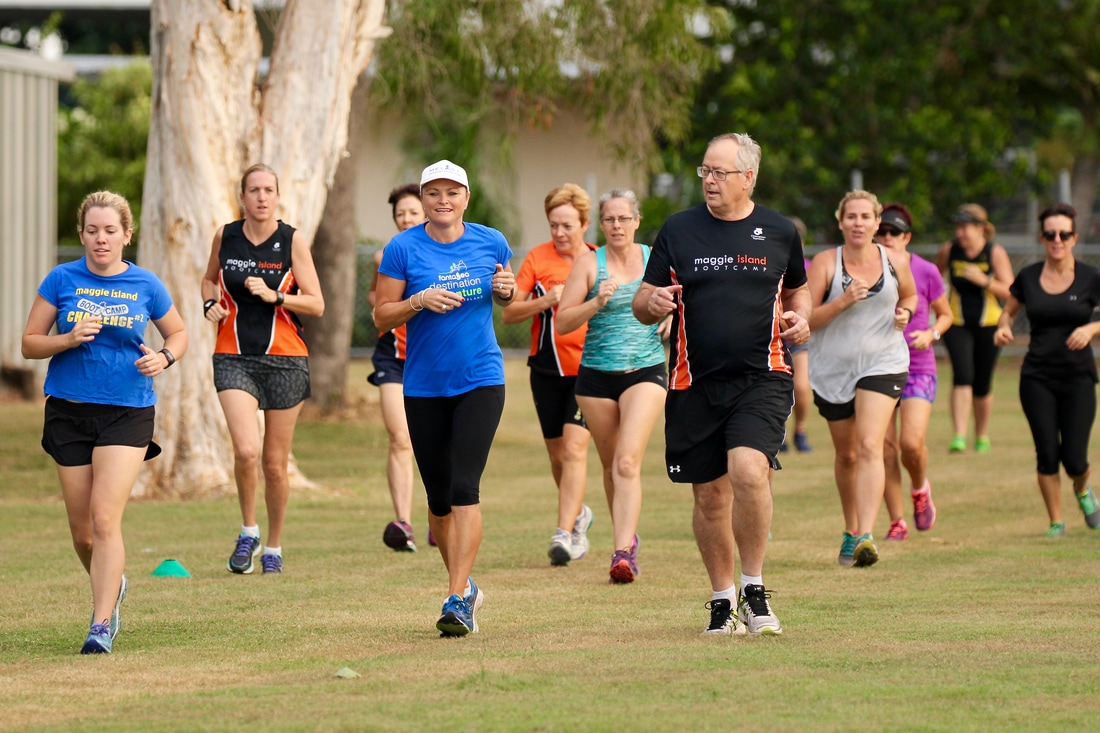
 RSS Feed
RSS Feed